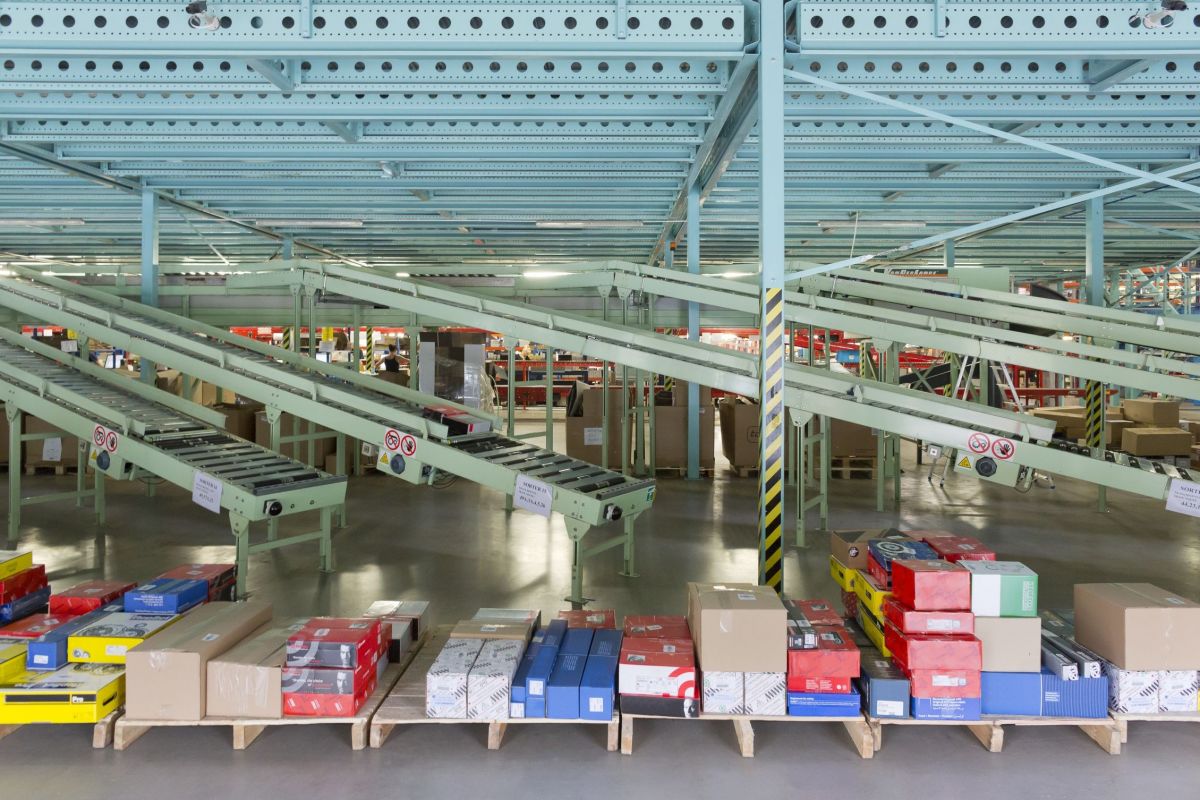Prologis has been carrying out a series of surveys since the start of pandemic on the implications of Covid-19 for logistics real estate. The studies have been conducted by Prologis’ dedicated research department, which studies fundamental and investment trends to assist clients in identifying opportunities and avoiding risk across four continents. One of the conclusions from these surveys is that despite the risks posed by coronavirus to economic growth, there are three areas of change, which together may translate into higher levels of warehouse demand. These include rising inventory levels (as companies tend to strengthen their supply chains in uncertain times), the continued adoption of e-commerce, along with the diversification of manufacturing locations.
Inventories on the rise
Supply chains generally try to minimise their inventories so that they can distribute goods at lower costs. They hate volatility, as this leads to lost sales and revenues. In the past, events such































































